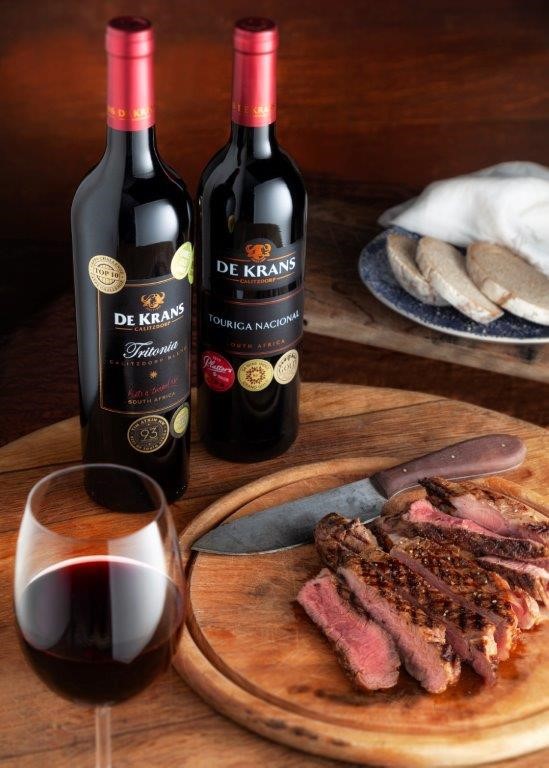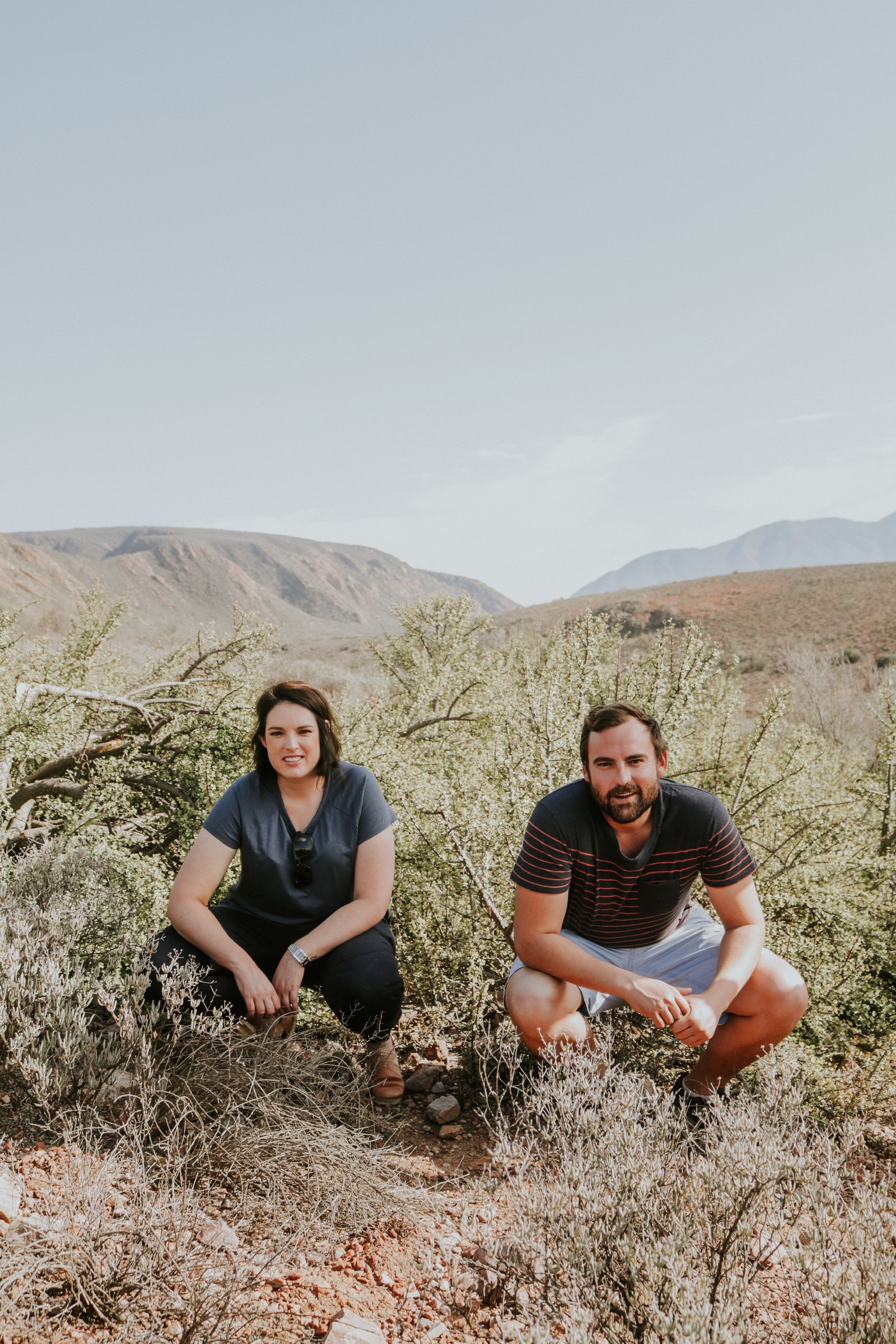‘Where is the Karoo?’ One might ask this question, as there is no exact definition; generally, this arid to semi-arid region covers part of the Eastern, Western and Northern Cape Provinces.
Its two main areas are easier to define; the Great Karoo and Little Karoo (Klein Karoo). Fringed by mountains, the Klein Karoo extends in a band 30 kilometres broad and roughly 250 kilometres long, from close to Montagu in the west to De Rust in the east, all within the Western Cape. Summers are hot and dry, the nights much cooler and cold in winter, rainfall varying between 130mm and 400mm; a climate suiting many native trees, shrubs and, particularly succulents. This diversity of climate and topography also allows for the production of quality wine.
For example, Reenen Borman’s Patatsfontein chenin comes from Montagu; further east, the Jouberts produce excellent chardonnay and cabernet franc from the Tradauw Valley and Louis van der Riet is recognised for his chenin and Paradox pinot noir/cinsaut blend in the Herbertsdale area.
The wine style most associated with and distinctive to the Klein Karoo is the Port-style fortifieds. Two producers who have led the charge for these wines are the Nel cousins in Calitzdorp: Carel Nel of Boplaas and Boets Nel of De Krans, farms within their respective families since the 1880s.

In this rural countryside with its spectacular mountains and wide, open areas which support hundreds of different species of fynbos and succulents, conservation is a focus of both families. The passion project on Boplaas is conserving the indigenous Portulacaria Afra, commonly known as Spekboom, an efficient carbon sequester; while assiduously harvesting every drop of rainwater has seen natural vegetation and wild flowers resurge on De Krans.

Sustainability goes hand in hand with conservation (both are Integrated Production of Wine compliant), and also features in choice of varieties. The introduction in the 1970s of the Portuguese variety, tinta barocca, was a serendipitous mistake; brothers Danie (Boplaas) and Chris (De Krans) Nel thought the vines they were planting were shiraz. Both families now agree the mistake was very good for Calitzdorp. The climate is similar to the Douro valley in Portugal. Trips to Portugal followed, along with the introduction of more varieties: touriga nacional, the king of Portuguese grapes and tinta roriz. Despite the challenges of the high risk of frost in spring and the necessity of irrigation, these vines have proved hardy and produced many award-winning and ageworthy Port styles. As local producers may not use the term Port on the label, each is stylistically identified similarly to those in Portugal – Cape Vintage, Cape Tawny, Cape Ruby etc.
As they observed the growing popularity of red table wines using the same Port varieties in Portugal, the Nel cousins developed their own. De Krans Tritonia, a trio blending touriga nacional, tinta barocca and tinta roriz and Boplaas Ring of Rocks, a blend mainly of tinta barocca, touriga franca, souzao with shiraz and cabernet. This last label is named in honour of the ancient agrarians who built stone circles in order to determine the changing of the seasons. The one on Boplaas is a popular visitor attraction.
White varieties verdelho and alvarinho complete the Nels’ Portuguese portfolio: De Krans producing Tritonia Verdelho and Boplaas an alvarinho. These and their red blends perform well on shows and with some locals, if better accepted internationally, due to many South Africans being reluctant to try new varieties, though things are slowly changing.
A visit to these and other farms with similar styles in this beautiful part of the world, with its big vistas and hospitality, would surely lead to better appreciation of wines so well associated with the Klein Karoo.